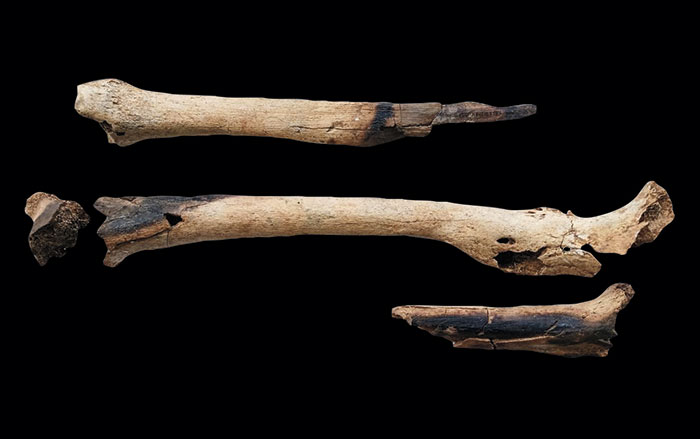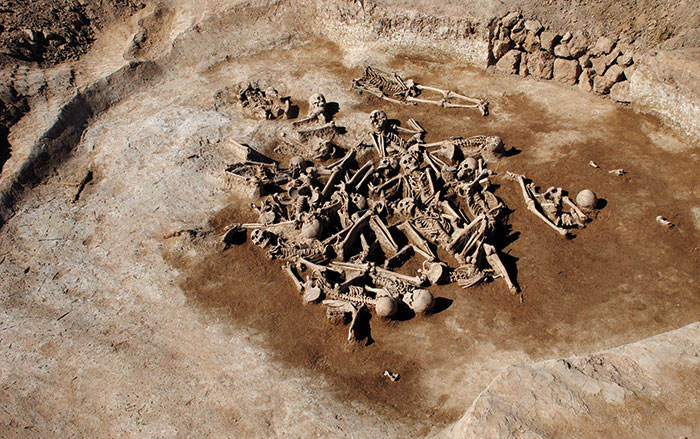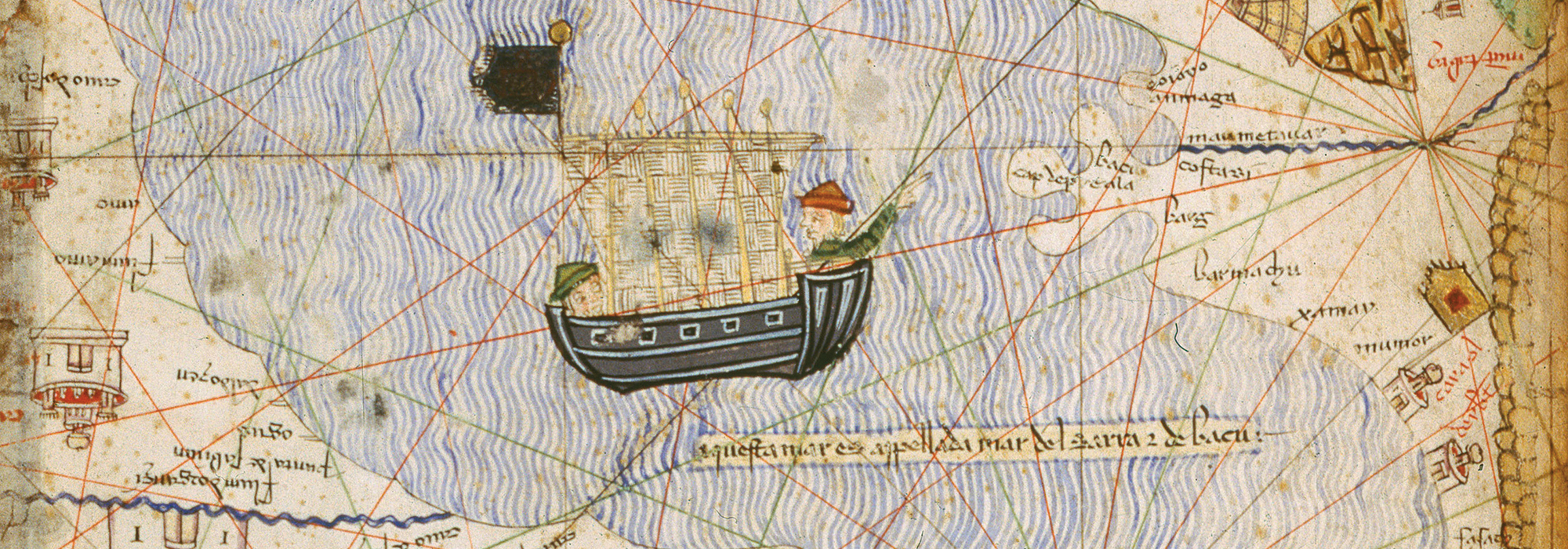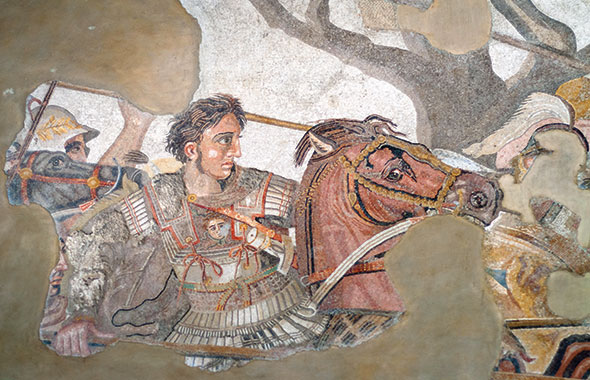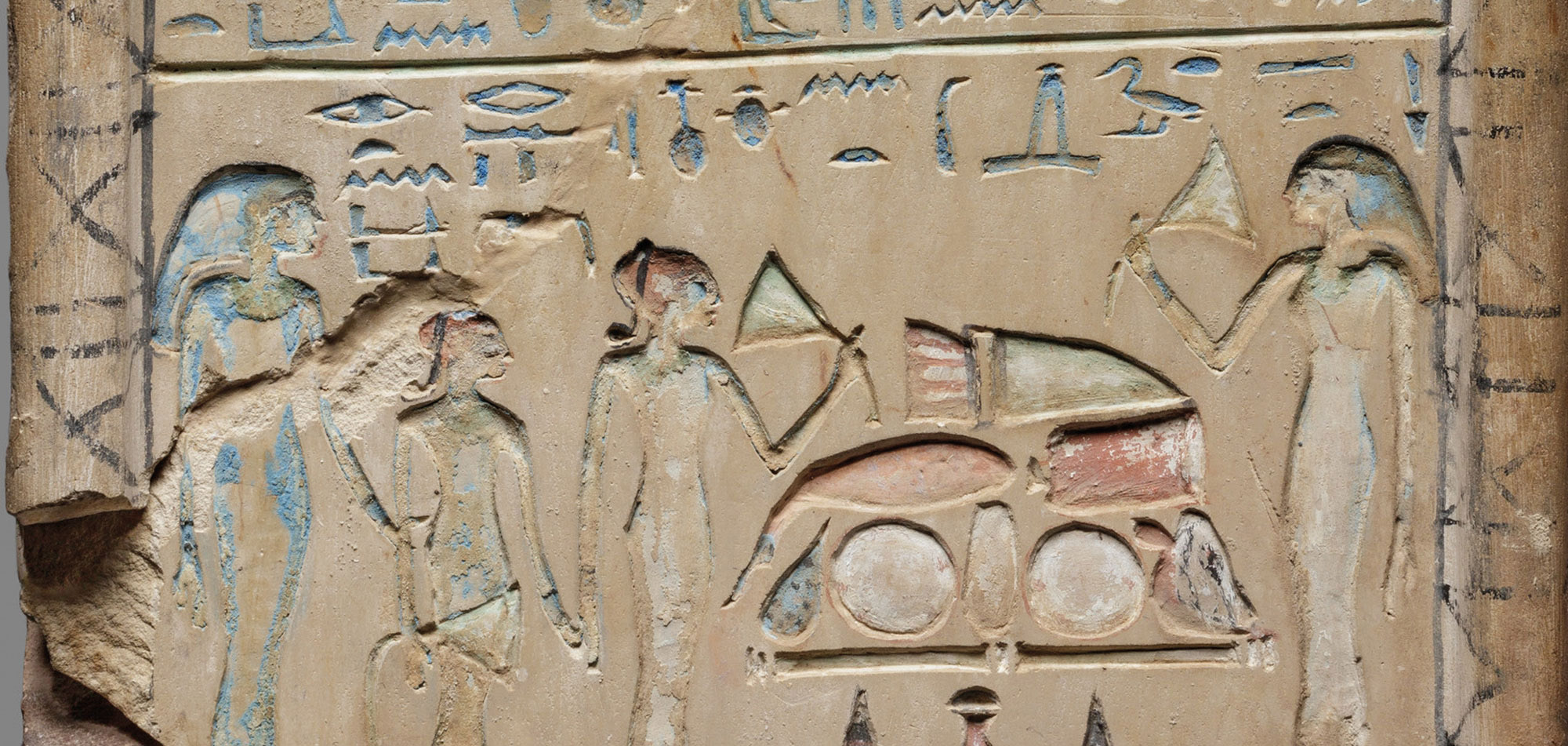
Villagers living in northeastern China around 4,000 years ago appear to have been the target of a catastrophic headhunting raid. At a site known as Honghe, archaeologists from the Heilongjiang Provincial Institute of Cultural Relics and Archaeology have excavated a total of 68 skeletons, including 41 without heads, which were found in two houses and three tombs. All the decapitated skeletons belonged to either females or juveniles. Qian Wang, an anthropologist at Texas A&M’s School of Dentistry who led a team that analyzed the human remains, believes the 32 headless victims discovered in the two houses were killed in a single vicious attack.
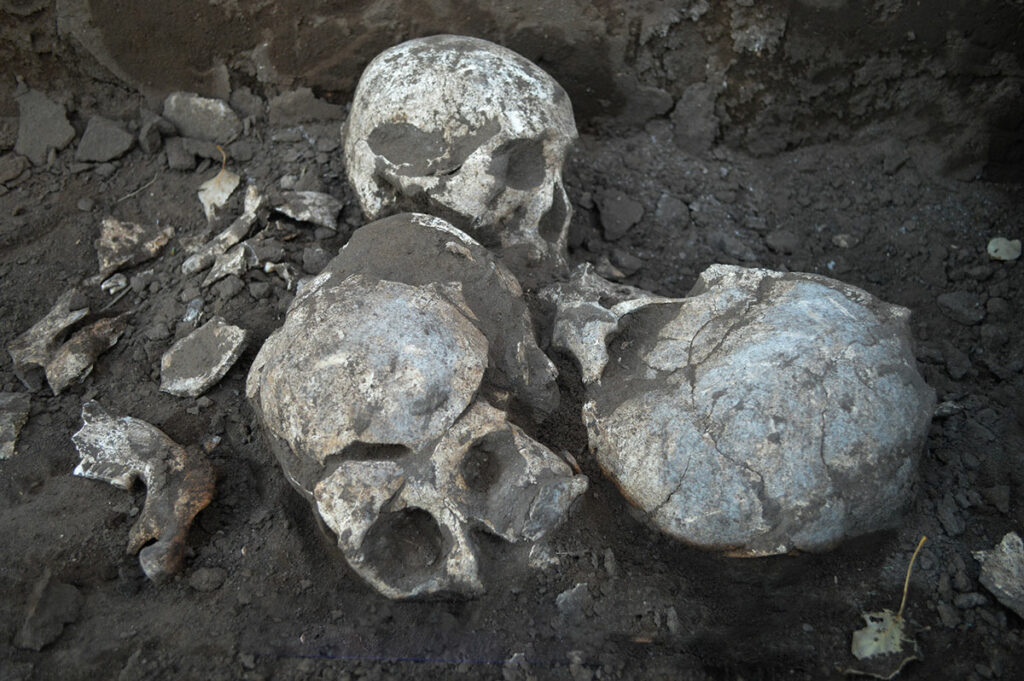
Headless skeletons have been found at other sites in the area dating to the same period—though never in numbers as large as at Honghe—suggesting that decapitation was a fairly common practice. Wang believes that four skulls belonging to adult males found in a burial pit at Honghe were likely trophies claimed by the villagers during their own headhunting missions. He suggests that the village was preyed upon by rival headhunters multiple times leading up to the final assault, which likely occurred when the adult male villagers were off hunting or fighting. “When the warriors came back, it would have been pretty devastating,” says Wang. “They probably decided to bury the cadavers and abandoned the settlement altogether.”



